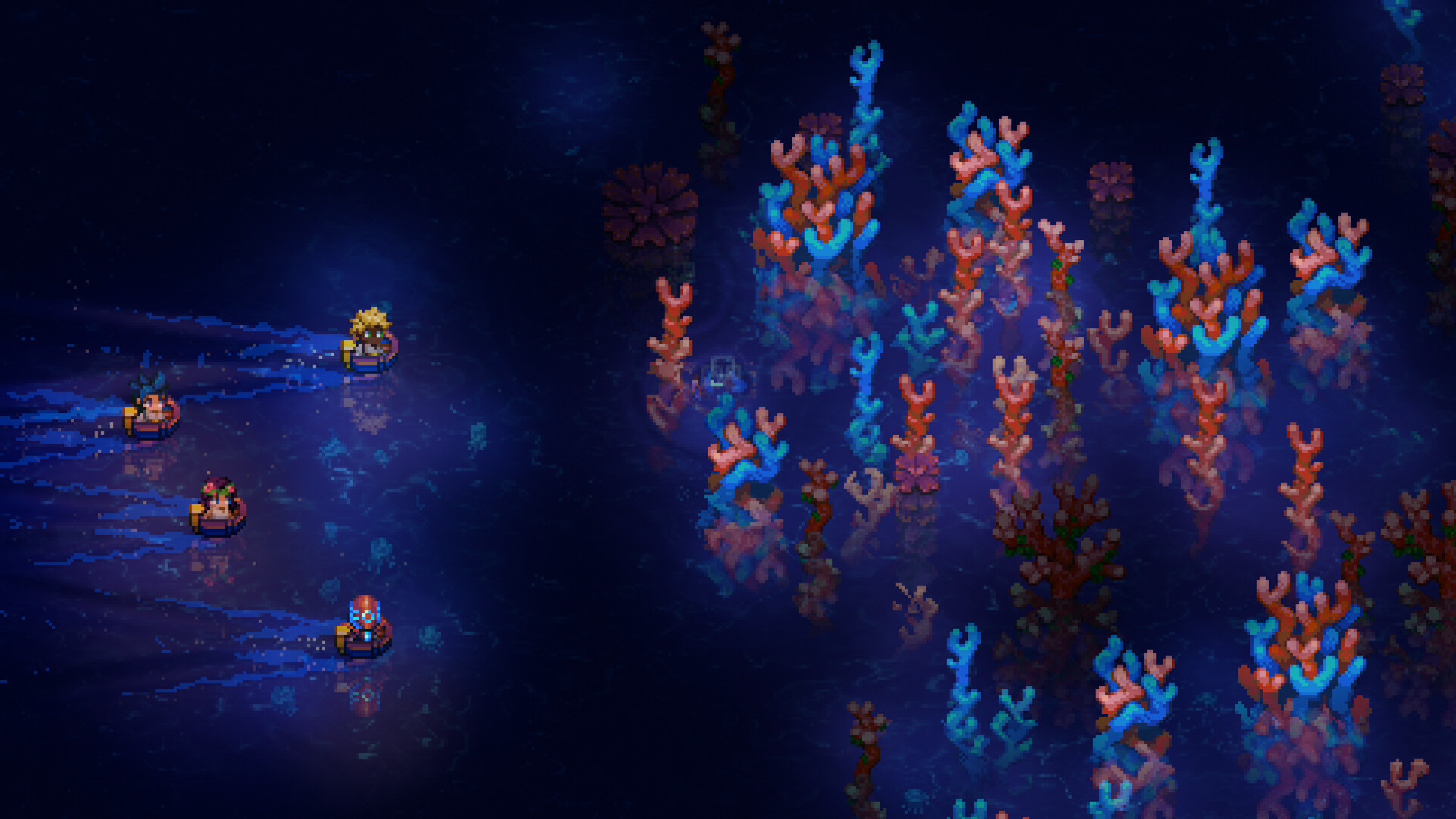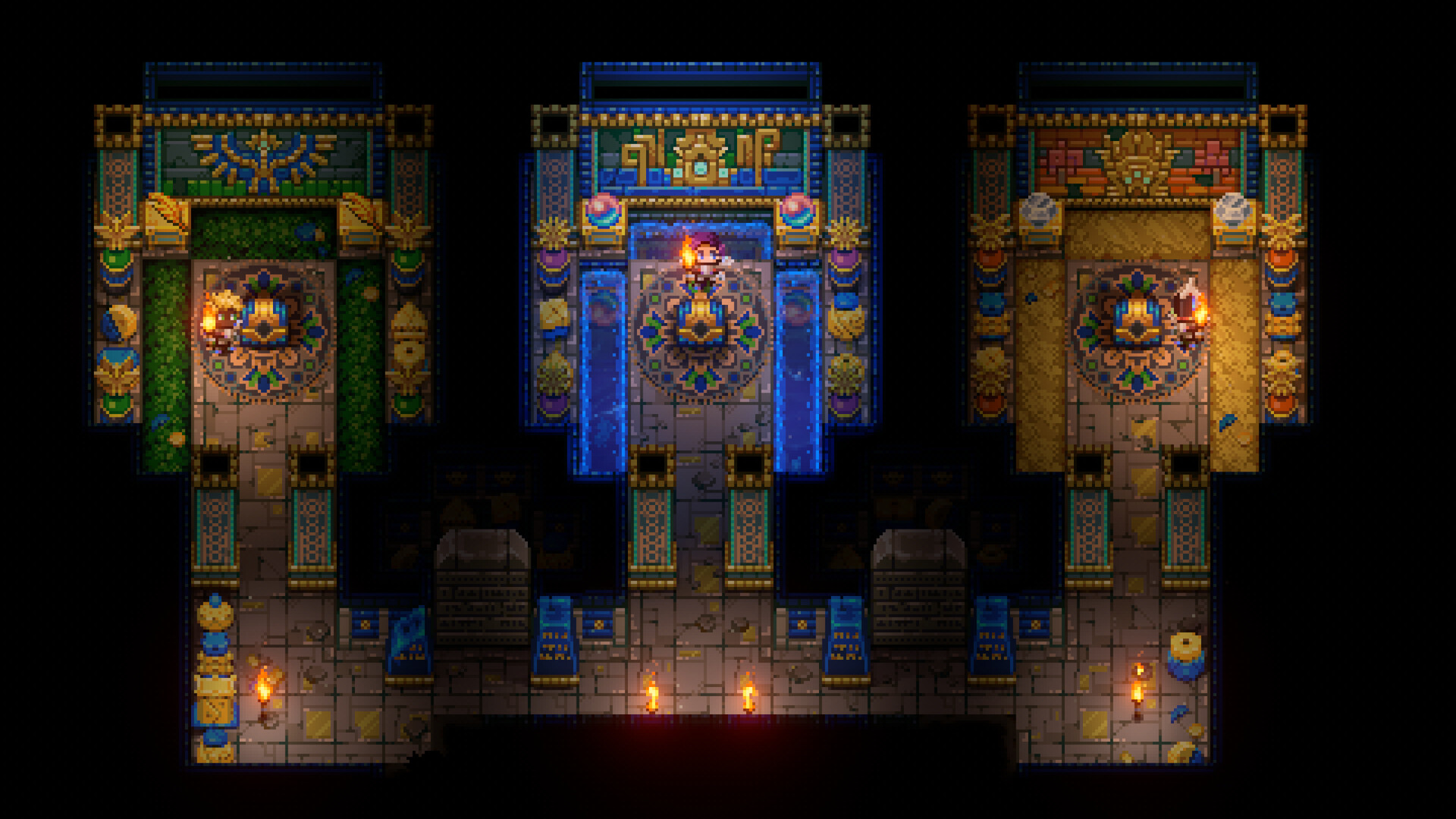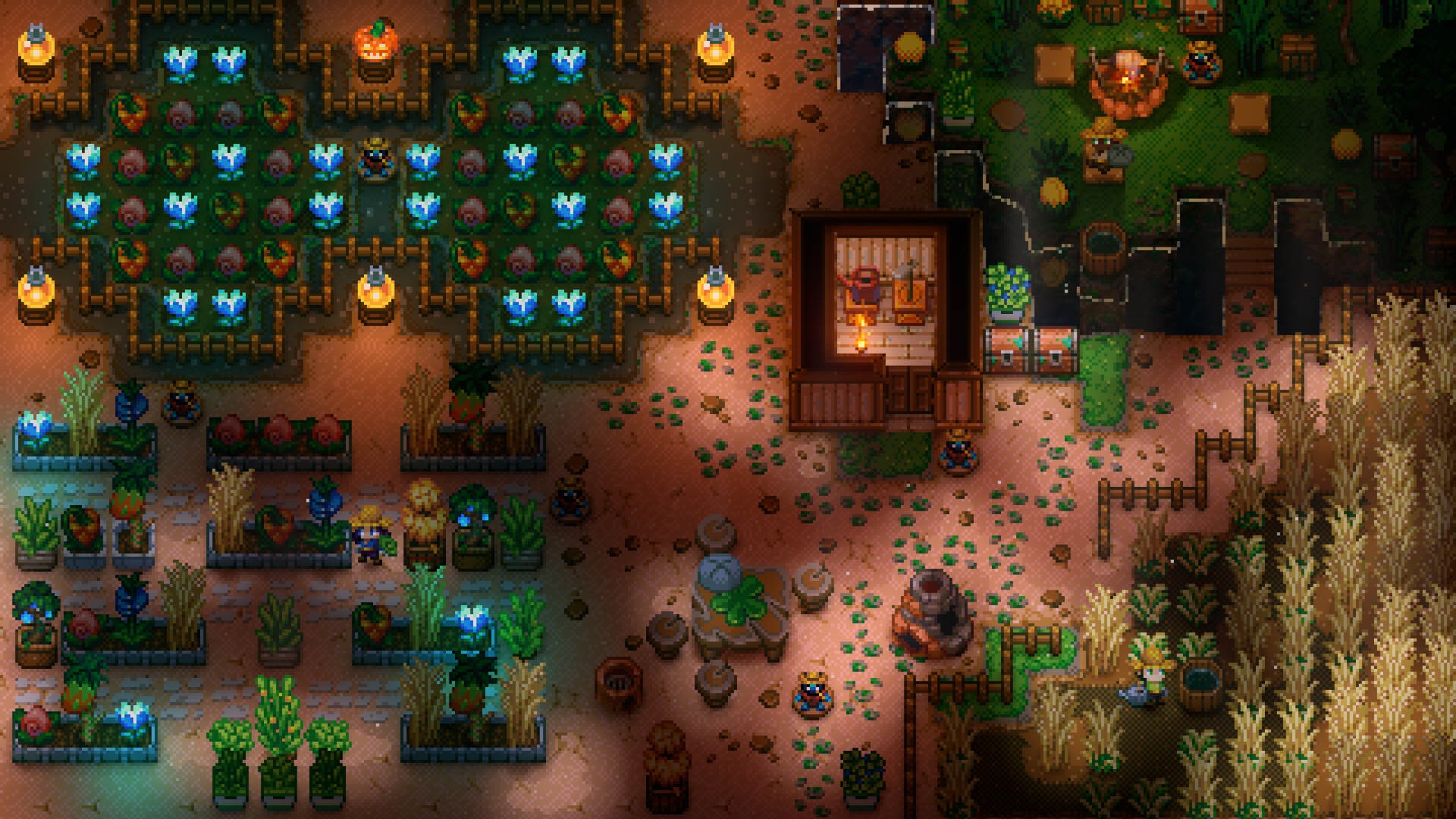Core Keeper Review – Subterranean Sojourn
Several names come to mind when you think of survival titles this year, from Palworld and Nightingale to Enshrouded and Sons of the Forest. However, only a few titles offer an experience that could truly be billed as “Terraria-like.” It’s not easy to break down – Valheim arguably fits into the category while presenting a unique premise, base-building mechanics and perspective.
However, PugStorm’s Core Keeper succinctly encapsulates it – and several others – while presenting its own procedurally generated twists and turns. Available now on all platforms after entering early access years ago, the premise is simple. As part of a group of explorers, you discover a mysterious unknown object – interacting with it results in a trip down the cavernous depths of who-knows-where.
[embedded content]
“Once you’ve secured some materials, set up some torches, and crafted some chests for your ever-burgeoning collection of goods and wares, Core Keeper provides the most basic guidance for what you should do.”
From there begins the journey to escape, as you progress from basic survival to base-building and establishing your presence in these seemingly unending catacombs. Meanwhile, the Core at the center of the map continues quietly pulsing, watching your every move and seemingly waiting for…something.
The genre isn’t known for its story-telling, so don’t expect to be inundated with cutscenes. Yet Core Keeper does present extensive lore through its various item descriptions – of other explorers who somehow ended up in this predicament or long-gone civilizations and their devices, seemingly flourishing in the depths. How it all ties together is somewhat fun to piece together, but the basic plot is very straightforward, with a twist that you may see coming from a mile away. As such, those expecting a narratively rich experience should look elsewhere.
The gameplay loop is simple: Mine, uncover resources and materials, craft gear and weapons to boost your survival, and repeat. Once you’ve secured some materials, set up some torches, and crafted some chests for your ever-burgeoning collection of goods and wares, Core Keeper provides the most basic guidance for what you should do. Three biomes await, each with a unique boss. Defeat that boss and return their key item to the beginning.
Do that, and the Core will awaken, allowing you to access the Outer Wall. Once you arrive at the outskirts of the map and break through, the game begins in earnest. The objective is to take down six Titans and harness their Souls. Multiple new biomes open up throughout – Azeos’ Wilderness, with its disarming beauty that hides snipers and dangerous plants; The Sunken Sea, with its mix of threatening tentacles and the Forlorn Metropolis with its hostile mages; and the Desert of Beginnings, where Bomb Scarabs and assassins await. Throughout the experience, you cross paths with different hostile Cavelings, each with unique fighting styles, whether it’s brute force and magic or nimble dagger strikes.
“Whether you’re dropping bombs to stop Ghorm the Devourer from running around the map or navigating a hellacious inferno against Malugaz the Corrupted, the bosses provide some hefty challenges.”
Of course, there are several other threats to beware from Shroomans and Larva to various kinds of Slimes. Defending yourself means embracing different combat styles, from axes and swords to ranged weapons like bows, crossbows, and staves. It’s also possible to dip into summoning, conjuring bats and ghouls to fight on your behalf. This is where the “feel” of Core Keeper’s gameplay shines, with attacks and traversal feeling responsive. Parrying feels crisp, and though movement options are initially limited (the top-down perspective means you can’t jump or fly around), you eventually unlock off-hand equipment for dashing and short-range teleports.
As you hack and slash through the hordes, setting down different tiers of crafting tables, stronger equipment is available to leverage, including gear sets. They’ll unlock different bonuses depending on the pieces equipped. Every action performed also unlocks points for passive skill upgrades, be it increased melee and ranged damage, adding a percentage of mining damage to your melee attacks, etc. The combat is pretty good, and while the average enemies can make for a harrowing experience – sometimes a little too excessively, even with decent armor – the bosses shine.
Whether you’re dropping bombs to stop Ghorm the Devourer from running around the map or navigating a hellacious inferno against Malugaz the Corrupted, the bosses provide some hefty challenges. That only becomes more apparent when dealing with the Titans, especially the Hydras, as each subsequent fight results in another head to deal with. Perhaps the only downside to the Hydras is how annoying they are to track down, especially if you haven’t spent the better part of that biome mining out paths to intercept where they might pass.
You also have optional bosses, even if four are different variants of giant Slimes. Perhaps the standout among them is Urschleim, who resides in The Passage since the fight constantly has you on the move to avoid being run down while targeting its weak spots. It’s perhaps the most challenging boss in the game, even compared to the final boss (which still provides a noteworthy but somewhat sobering conclusion to the story).
“Alongside the gameplay feel, the presentation keeps me coming back, from the gorgeous 2D visuals to the soundtrack, alternating between happy-go-lucky synth and epic orchestral tracks.”
That brings us to one of the biggest issues with Core Keeper – it’s seemingly over too soon. Comparisons to Terraria may crop up, especially since the latter offers much more content, but it’s also been around for much longer. Even while taking my time to gear up, fishing around, constructing admittedly annoying-to-control Go-Karts, and spending hours finding pitiful amounts of materials to craft boss-detecting items, I still got about 40 hours of enjoyment from the experience.
Note that this is without defeating all optional bosses, constructing the Legendary sword, opening those odd indestructible doors, or cooking every recipe in the book. There’s also a frighteningly extensive automation element to the game – that could potentially drain tens of hours or more, though it’s far from necessary for success.
Some elements, like the skill progression, could be improved. After the final boss fell, there were still multiple late-game skills that I had yet to unlock, not for lack of killing, cooking or mining things. Nevertheless, it’s nice to see quality-of-life features like Quick Trash (only discovered after finishing the game, ironically enough) and crafting from storage, though the chest must be situated next to the crafting table in question.
Alongside the gameplay feel, the presentation keeps me coming back, from the gorgeous 2D visuals to the soundtrack, alternating between happy-go-lucky synth and epic orchestral tracks. The use of lighting is incredible, as you mine through caves, and the glow from your equipment naturally illuminates fresh passageways. Each biome is also visually distinct, utilizing various colors that pop without overwhelming too much. Also, the Core’s eye visibly tracking your movements as you walk past it is a nice touch.
“If nothing else, the only real downside is that the experience leaves you craving more.”
Core Keeper is an interesting anomaly in the sandbox genre – it doesn’t reinvent the wheel but still offers a fresh approach to the formula, complete with exceptional boss battles, great combat, memorable biomes with solid world generation, and gorgeous visuals. It may not unseat Terraria right out of the gate, but it does provide a compelling experience to sink dozens of hours into.
Whether you’re designing the perfect base with decorations from all over the map, trying to piece together the mysteries surrounding the Core, or methodically upgrading equipment, Core Keeper is a polished, addictive title. Perhaps the best part of it all is that never-ending sense of wanting to see what each new section of the map holds, even when your end-game path is set. If nothing else, the only real downside is that the experience leaves you craving more.
This game was reviewed on PC.





Comments are closed.